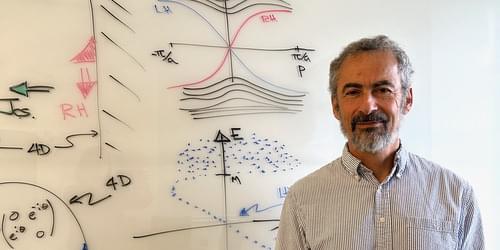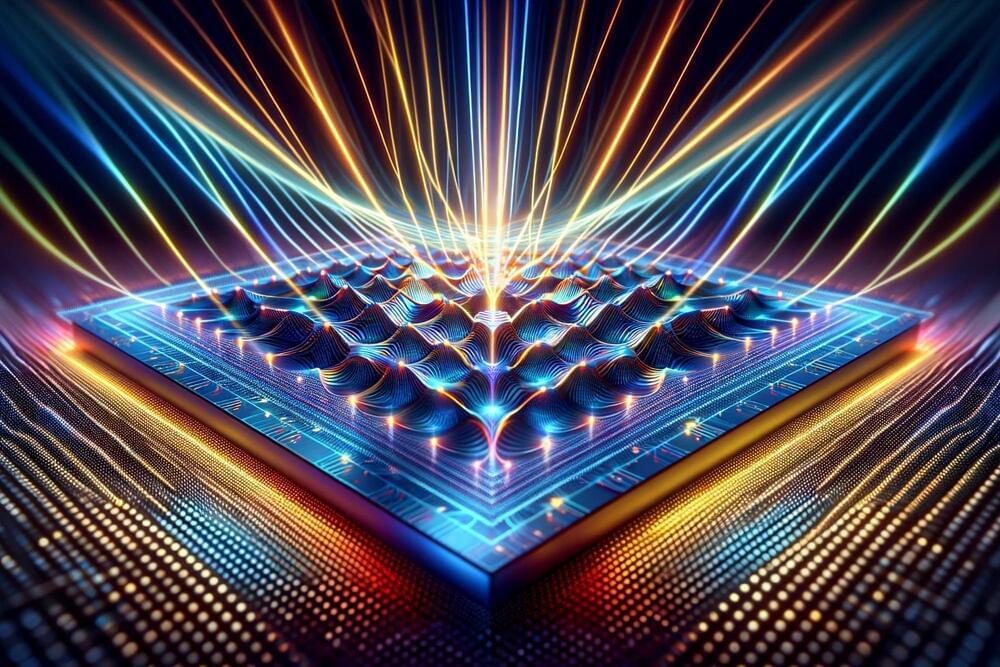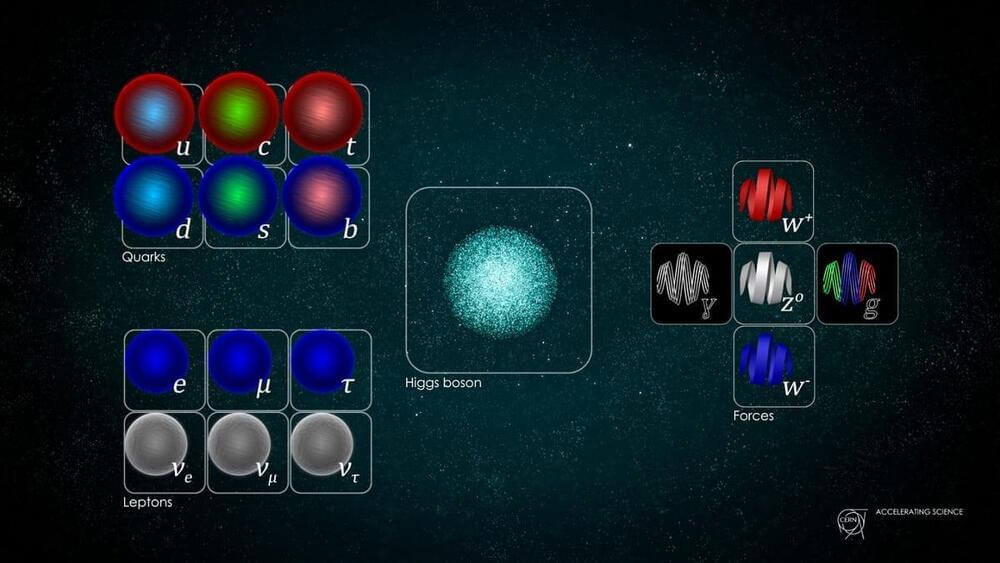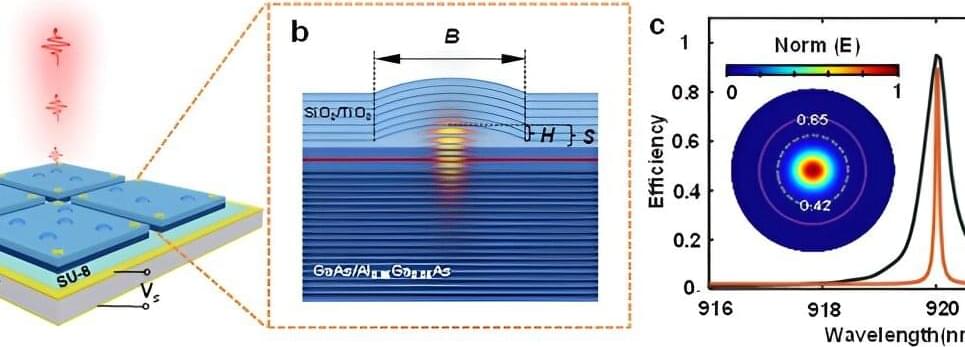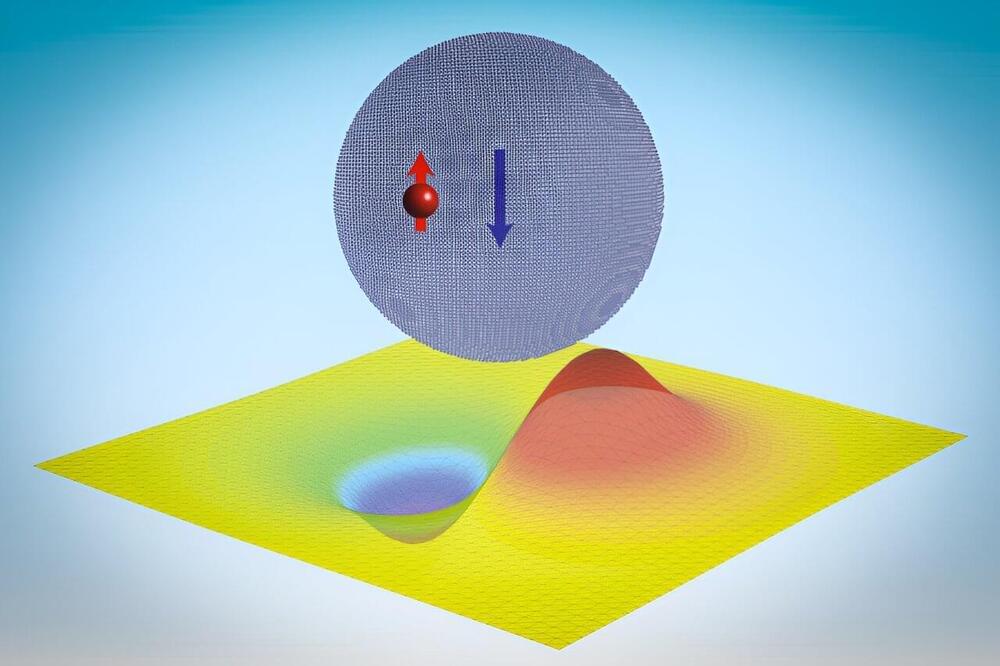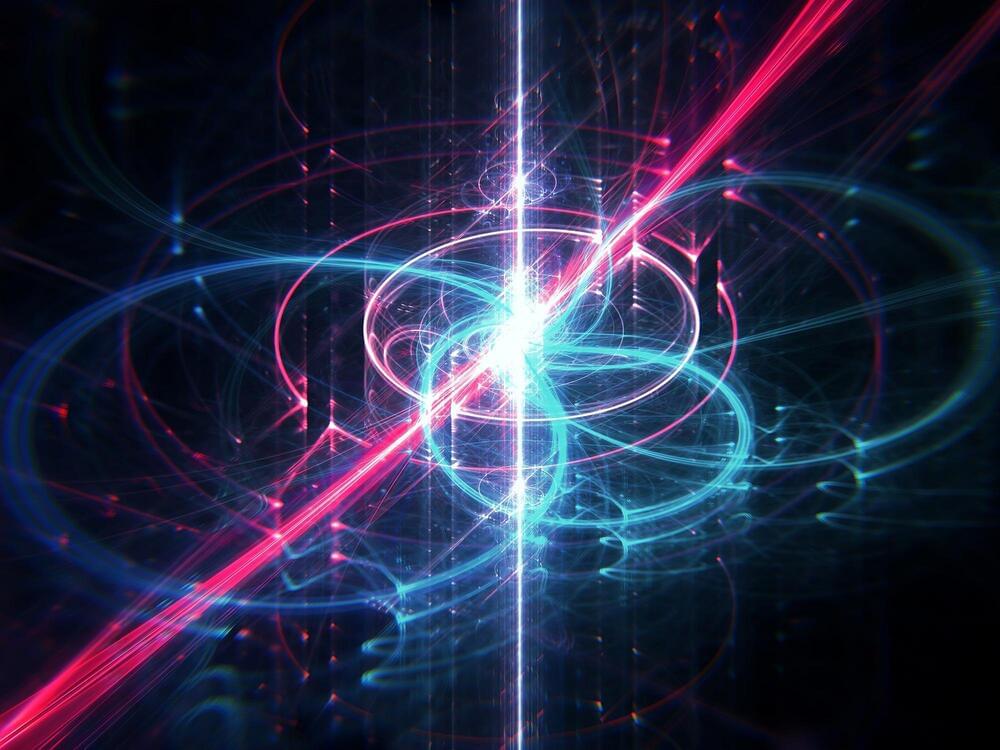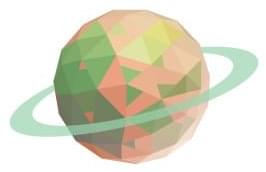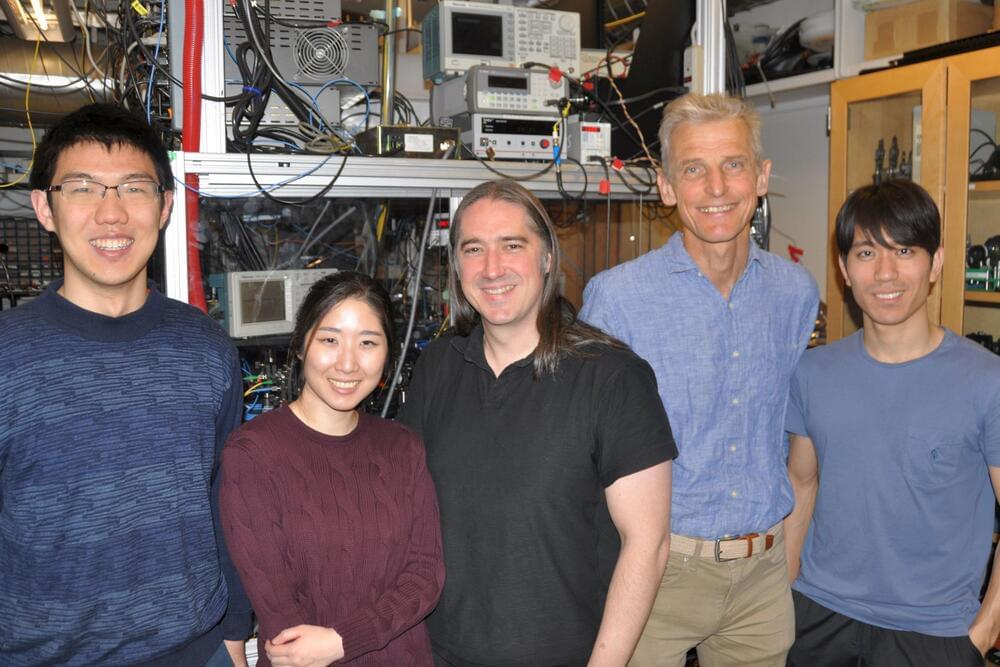Apr 5, 2024
MIT discovery rewrites the rules for neutrons and materials
Posted by Genevieve Klien in categories: particle physics, quantum physics
But now, in a wild physics twist, MIT researchers have figured out that neutrons can actually stick to way bigger structures called quantum dots. Quantum dots are like teeny-tiny crystals made up of tens of thousands of atoms. The fact that a single neutron can cling to one is blowing scientists’ minds.
Their findings, published this week in ACS Nano by a team led by professors Ju Li and Paola Cappellaro, could lead to the development of new tools for studying the fundamental properties of materials, including those influenced by the strong nuclear force. This research also holds promise for the creation of entirely new types of quantum information processing devices.

